The things you find in Amish carriage shops…
Amish carriage shops are not all alike. One of the more delightful things I discovered when first visiting these shops was that some work on vehicles from beyond their culture.
This means non-Amish carriages and even early versions of cars (from an era when a car was closer to a “horseless carriage” than an “automobile”).
One such visit revealed work being done on an early-1900s Ford. On another trip, I viewed an antique fire engine being restored to its former glory.
Today reader Ed shares some photos from a shop in Lancaster County, Double E Carriages, doing this kind of work.
The sleek vehicles in these first two photos need horses, but you won’t find them being driven by local Amish.


Ed recently spoke with the owner, who explained that “the shop has restored Central Park (NYC) carriages, as well as those of various historical sites.”
Inside Double E:

“There is full wheelwright equipment and an upholstery shop on the second floor,” notes Ed.

Owner Elam shared that the business primarily does vehicle restoration, although they “very occasionally” build replicas.” One of their current projects, says Ed, is “restoration of a Stanley Steamer automobile.”
If you’re wondering like I was, this is not some sort of vacuum-powered vehicle (that would be Stanley Steemer you’re thinking of). According to Wikipedia:
The Stanley Motor Carriage Company was an American manufacturer of steam-engine vehicles; it operated from 1902 to 1924. The cars made by the company were colloquially called Stanley Steamers, although several different models were produced.
Here’s what one looks like:


Here’s a look under the hood, at the car’s boiler:

Why aren’t we driving Stanley Steamers today? Again, from Wikipedia:
During the mid to late 1910s, the fuel efficiency and power delivery of internal combustion engines improved dramatically and the usage of an electric starter rather than a crank, which was notorious for injury to its operators, led to the rise of the gasoline-powered automobile (which eventually was much cheaper). The Stanley company produced a series of advertising campaigns trying to woo the car-buying public away from the “internal explosion engine,” to little effect.
In addition to the above projects, Double E has “restored antique fire engines, including one of the old hand pumpers that had shafts 24″ in length (the type where groups stood at either side and pumped the shafts up and down).”
Business has “really taken off” over the past few years. If you’ve got a Stanley Steamer or fire engine laying about which you’d like restored, you might want these contact details:
Double E Carriages
Elam L. Fisher
New & Restored Coaches, Carriages & Sleighs
40 N. Harvest Road, Bird-in-Hand PA 17505
717-768-8484
Have you ever come across something unexpected in an Amish business?


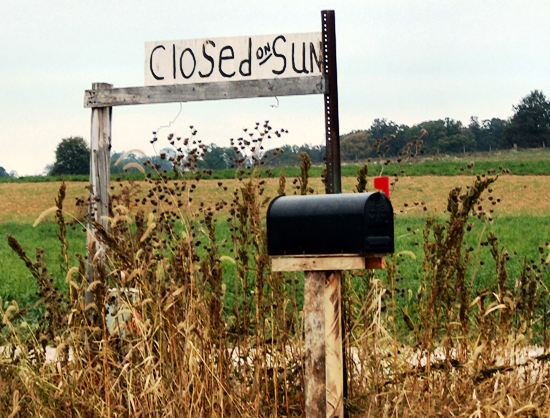
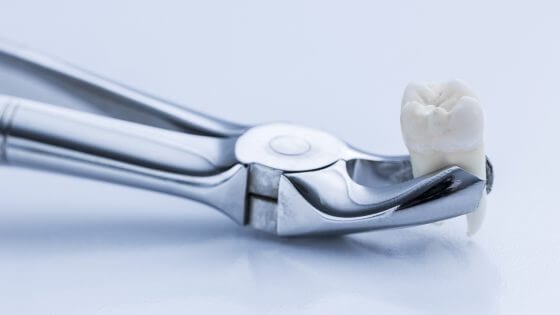
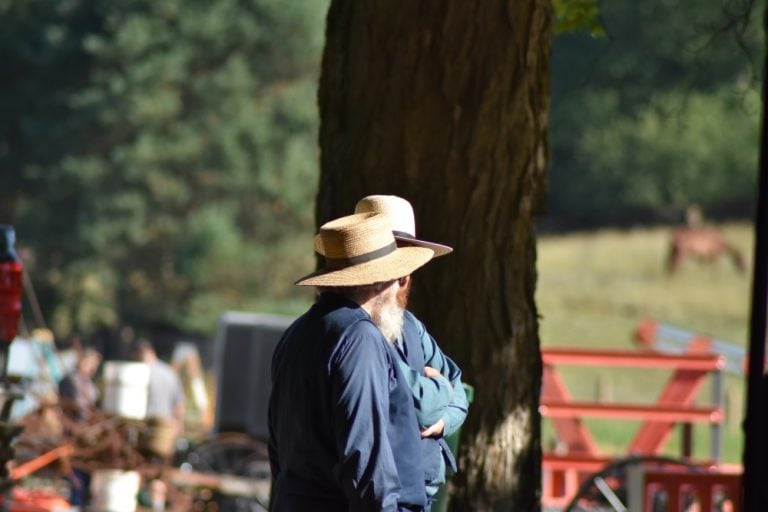
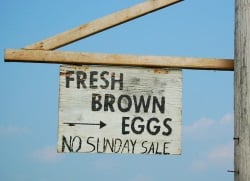
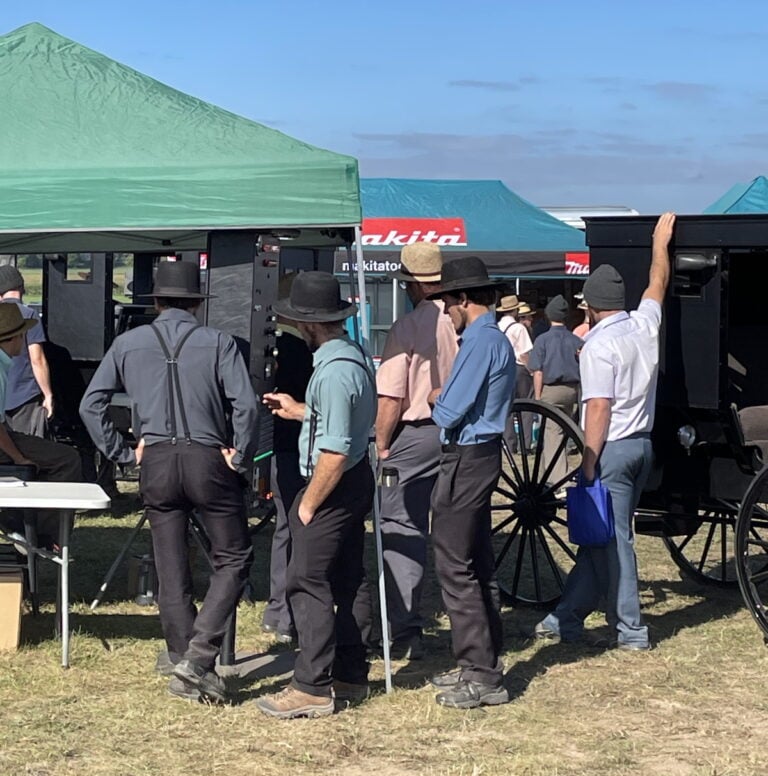
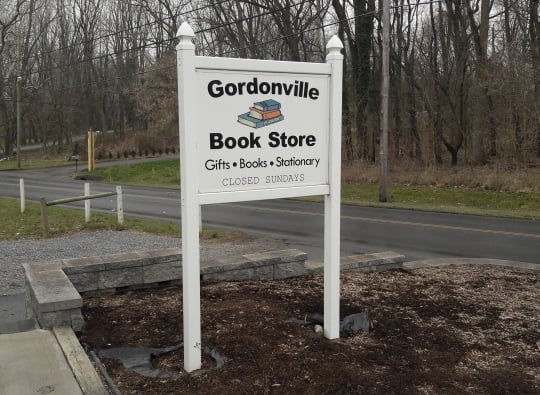
Only logical
This is a fascinating post. It never occurred to me that Amish craftsmen might be tapped to restore horseless and “English” horse drawn carriages. It only makes logical sense. I am a long term German automobile owner and fanatic (BMW and Audi) and have had the pleasure of visiting the Audi factories and museums in both Ingolstadt and Neckarsulm in Deutschland. They are amazing places which distinctly highlight German craftsmanship., organization, attention to detail, and engineering. These are characteristics certainly not lost in the present day Amish community.
A great report today! I can’t add anything. I just think old (really old) vehicles are fascinating.
When we visited our friends carriage shop I was suprised by a large bright red carnival popcorn machine being restored. It, of course, had wooden wheels. Our friend mentioned that he also did a lot of restorations of that variety too.
Very interesting. I didn’t know they ever made steam cars. Would love to have seen a fire engine.
Stanley Steamer
Debbie, if you’re interested Jay Leno demonstrates a steam car here. (I hope providing a link here doesn’t violate any site rules).
http://www.jaylenosgarage.com/at-the-garage/steam-cars/1922-stanley-steamer/#item=73870
Steam tractors are fascinating too. There is a show in the Lancaster area of them. In the spring I believe.
Also
If you are interested enough to look at that video, you can click on the tab for steam cars and it shows several steam vehicles that Mr. Leno owns.
Greg, not at all, glad you shared it!
Debbie
Most all first powered vehicles were steam driven. The industrial revolution came about due to James Watt’s steam engine powering everything from sewing machines in factories to metal working machines, mining equipment, ships and trains. The “boiler” shown is unlike common boilers that are heavy walled and hold gallons of water and take quite some time to make steam. They are lightweight and made very strong. They are like a thin walled barrel with piano wire wound around and around the outside for strength. The pilot light is fueled by white gas from a small tank with a hand pump to pressurize. This is like Coleman fuel or naptha today. The main burner that makes steam is kerosene. (fuel and water pumped from rotating axle) From standing pilot to steam going into the engine (mounted in the back in direct drive fashion on the rear axle) it only takes a few seconds, very much like an instant “tankless” water heater of today to make steam and the pressure build up drives the engine instantly. 60 MPH was common and water supply on board was the only limiting factor. Ships used the condensated steam that turns back to pure water to recycle in their boiler, (large condesers in exhaust) but catching it for reuse on a road vehicle was an issue at the time. Once condensated exhaust steam (distilled water) was captured for reuse, range was limited by fuel on board.
Steam could have stayed the choice motive power (and still turns turbines in power plants today using coal, oil or nuclear fuels) but one main reason that goes over looked is the “old” technology steam guys (me) had crude tools and poor equipment to maintain “what we had”. The internal combustion engine with its high tech following had new tools and equipment, white shop coats were worn in specialized departments for drivetrain, engine, fuel systems….. and better training of the new mechanics and builders. So technology didn’t move forward back then with steam as much as gas and diesel. Money, time and improvements (many as simple as cleanliness) were put into the new technology. With todays knowledge of steam turbines, better materials, lubricants and fuels, a steam powered vehicle is very possible. The efficiency factor is using the water expansion to multiply the power available from the fuel by hundreds of times. That’s when government and (surprise) oil companies get involved.
Growing up in Chicago, I lived across the street from what used to be an old fire station. My father (who, had he lived, would now be 101 years old) remembered the 3-horse driven pumper that would “tear out of the station” to local fires.
I always was fascinated with horses & the wagons (or fire trucks) they pulled. In “my day”, horses still pulled the “rag man’s” cart (early recycling–Mom shoveled up the manure his horse left in the alley, and fertilized her roses with it), as well as a fruit & vegetable vendor who parked on local streets to sell his produce.
I miss them all!
Steam power still seems useful—though I don’t know how energy efficient it is!
I’m not surprised to find out what the Amish do for their English customers, thus making a living for themselves.
Alice Mary
Thanks, Ed. This reminds me of the article, “Ohio repairman keeps wheels turning on horse-drawn carriages and wagons,” about Woodlyn Coach Co. He works on one-horse-powered vehicles. 4 minute video. Ivan Burkholder helped customize the iced-out buggy for Vanilla Ice, in all of its white-on-white glory.
http://www.newsnet5.com/dpp/news/local_news/my_ohio/ohio-repairman-keeps-wheels-turning-on-horse-drawn-carriages-and-wagons
Somehow this brought to mind seeing some pretty expensive recreational equipment, of types Amish would not use, being fitted for tarps at a couple of Amish tarp shops I’ve visited.
Burkholder video
Linda, Thanks for posting that video link. It was like a little trip back through memory lane for me. The roads still look quite familiar.
Nice shop
I use to hang out a lot in a carriage shop when I was in my early to mid twenties. The guy that ran the shop was a recovering alcoholic and an amazing craftsman. The place where he worked was like a halfway house for those attempting to break the chains of alcoholism. There was a very wealthy (I mean like billionaire wealthy) man that was the chairman of the board of the organization that footed the bills for this place and was a big fan of carriages, hence the reason the shop existed.
The shop guy; I’ll call him “Jim” got to working on wagons and carriages for outsiders and some of those people began inviting him on trail rides as a way of saying thank you to him for doing such a good job on their wagons. Unfortunately, often times there was copious quantities of alcohol along on the trail rides and he eventually began partaking. He ultimately fell off the wagon; figuratively and literally. Word got back to his sponsoring organization and they fired him & removed him from the program. They never found a qualified replacement to run the carriage shop, so eventually it was shut down. Too bad, because it was fascinating to me watch the work they turned out.
One of the things that struck me while it was still open was how similar carriage bodies were to early automobiles; particularly the seats. In fact, they often did wheel work and some body work on the wooden body parts of vintage autos.
Something that jumps out at me from these photos is how neat and organized the shop seems to be. It seems to me that true craftsmen always insist on keeping their work areas clean and efficient.
Speaking of neat and organized, the interior of the shop at the link Linda shared below (Mose/Lizzie Shetler, Conewango, NY) looks a bit different. Much more packed. They may be due for an expansion.
Belle Center's Buggy Shop
I asked if Mark knew if the buggy shop in the Belle Center community did restoration work. He said that Ben Miller, the buggy shop owner usually works there alone. He makes most of the buggies for the Belle Center community. But, he also makes buggies for the horse and buggy, Old Order German Baptist Brethren community over in Miami County, Ohio. It is about an hour away. He, also, does some restoration work. The last time Mark talked with him he was working on a big box wagon that needed to be painted in John Deere colors. There was a big, three seater sleigh waiting to be restored, as well. Mark has a buggy ordered. It will be a hack with a cab. Mark is tired of driving his open wagon in the rain or in winter when he needs to haul something and being out in the open weather or having to wait until good weather when he wants to haul something. Ben is so backlogged that Mark’s hack won’t be ready until February or March.
Oh oh! That won’t do Mark any good, having such a late arrival date on his purchase, I am led to believe that Ohio winters are much like Ontario winters: cold, windy, wet, I for one don’t blame him for investing in an enclosed cab, I certainly would if I where given to need do so.
Conewango Carriage and Carts
How did we miss Tom’s New York post with 13 snapshots about Conewango Carriage and Carts? The shop is owned by Mose and Lizzie Shetler. Tom wrote, “Someone dropped off their stagecoach,” as if it happens everyday! Tom has other Amish posts with excellent photos, too.
http://backroadstraveller.blogspot.com/2013/10/conewango-carriage-and-carts.html
I enjoyed those photos. A lot going on in that shop.